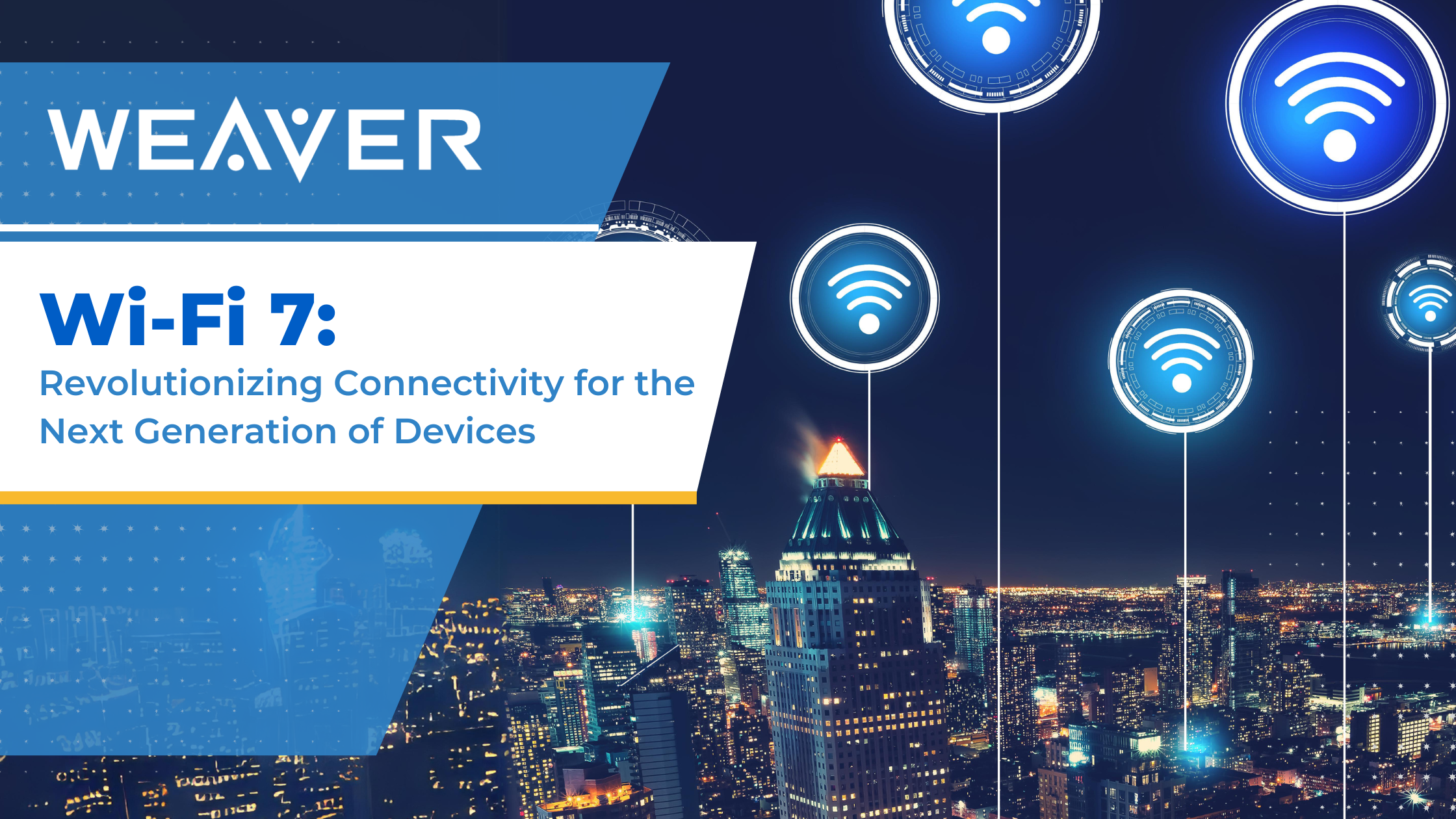As technology evolves, Wi-Fi 7 is emerging as a groundbreaking advancement in wireless connectivity. This new standard, officially known as IEEE 802.11be, promises unmatched speed, efficiency, and reliability. The latest smartphones, including the iPhone 16, are already incorporating it. Its impact will be significant across various sectors and devices.
Understanding Wi-Fi 7: The Key Innovations
This new version is not just an incremental upgrade; it’s a major leap forward in wireless networking. Let’s explore the core improvements that set it apart from its predecessors:
- Dramatically Increased Speeds: Wi-Fi 7 offers maximum theoretical speeds of up to 46 Gbps. This is a substantial jump from the 9.6 Gbps provided by previous versions. The increase is achieved through wider channels (up to 320 MHz) and advanced modulation techniques like 4096-QAM. These improvements enable faster data transmission.
- Reduced Latency for Real-Time Applications: One standout feature of this new standard is its ultra-low latency, potentially as low as 1 millisecond. This is crucial for applications that require real-time responsiveness, such as online gaming, virtual reality (VR), and augmented reality (AR). Users will notice a smoother experience.
- Multi-Link Operation (MLO): This feature allows devices to connect to multiple frequency bands (2.4 GHz, 5 GHz, and 6 GHz) simultaneously. By utilizing multiple bands, devices achieve more stable connections. This is especially useful in environments with high interference or congestion.
- Enhanced Network Efficiency: Wi-Fi 7 introduces improvements in how data is managed and transmitted across the network. Enhanced Orthogonal Frequency-Division Multiple Access (OFDMA) and Target Wake Time (TWT) optimize data flow. Consequently, network congestion is reduced, especially in crowded environments like offices or public spaces.
- Advanced Beamforming: It offers better beamforming capabilities. This allows it to direct signals more precisely to individual devices. As a result, connection stability and range are enhanced, even in challenging environments.
The Impact of Wi-Fi 7 on New Smartphones
The latest generation of smartphones, including flagship models like the iPhone 16 and other leading Android devices, are starting to incorporate Wi-Fi 7. This integration is not just beneficial for individual users but also represents a significant shift in mobile technology. Here’s how it’s transforming these new devices:
- Superior Speed and Efficiency: With this new standard, smartphones handle more data at faster speeds. Tasks like streaming high-definition videos, downloading large files, and video conferencing become smoother and more reliable. This is particularly beneficial as more people work remotely.
- Enhanced Gaming and AR/VR Experiences: The ultra-low latency offered by this technology is a significant advantage for mobile gaming and AR/VR applications. Users will experience more responsive gameplay and smoother interactions with AR/VR environments. These are becoming more common in education, entertainment, and professional training.
- Stable Connections in Complex Environments: Thanks to Multi-Link Operation, smartphones can maintain stable connections even in areas with heavy network traffic or interference. This means fewer dropped connections and more consistent performance in busy locations like airports, stadiums, or urban centers.
- Longer Battery Life: The efficiency gains also extend to battery life. Features like Target Wake Time (TWT) help devices manage power consumption more effectively. Therefore, users enjoy longer use between charges—a critical factor for mobile users on the go.
Wi-Fi 7’s Broader Impact on IT and Connectivity
The introduction of this new standard isn’t just a boon for consumers; it represents a significant shift for the entire IT industry. Here’s how it is set to impact IT as a whole:
- Enterprise Networks: Businesses will benefit from enhanced speeds and efficiency. This will enable more robust support for bandwidth-intensive applications like cloud computing, AI, and big data analytics. The reduced latency will also improve the performance of real-time communications and collaboration tools. This is crucial for the increasingly remote and hybrid work environments.
- IoT and Smart Devices: As the Internet of Things (IoT) continues to grow, this new standard will provide the necessary bandwidth and reliability to support a vast array of connected devices. From smart homes to industrial IoT applications, it ensures that these devices can communicate seamlessly. This is true even in environments with high device density.
- Healthcare and Education: In sectors like healthcare and education, reliable and fast internet connections are critical. The new standard will enable new possibilities. For instance, remote surgeries using robotics, real-time telemedicine, and immersive e-learning experiences will all benefit from the low latency and high throughput.
- Future-Ready Infrastructure: For IT professionals, Wi-Fi 7 offers a future-proof solution that can scale with the increasing demands of modern networks. Whether upgrading existing infrastructure or planning new deployments, it provides the foundation for next-generation connectivity.
Conclusion
Wi-Fi 7 is more than just a new standard—it’s a transformative technology that will redefine the future of wireless connectivity. As new smartphones and other devices begin to incorporate this standard, the benefits will extend far beyond faster internet speeds. From enterprise networks to smart homes, this technology is set to impact every aspect of our connected world, offering the speed, reliability, and efficiency that modern life demands.
For IT professionals, now is the time to start planning for this shift. Whether you’re looking to upgrade your network infrastructure or ensure your devices are ready for the future, the shift to this new standard represents a significant opportunity to stay ahead of the curve.
Ready to future-proof your network with Wi-Fi 7? Contact us today to learn how you can leverage this cutting-edge technology to enhance your connectivity and support your business goals.







